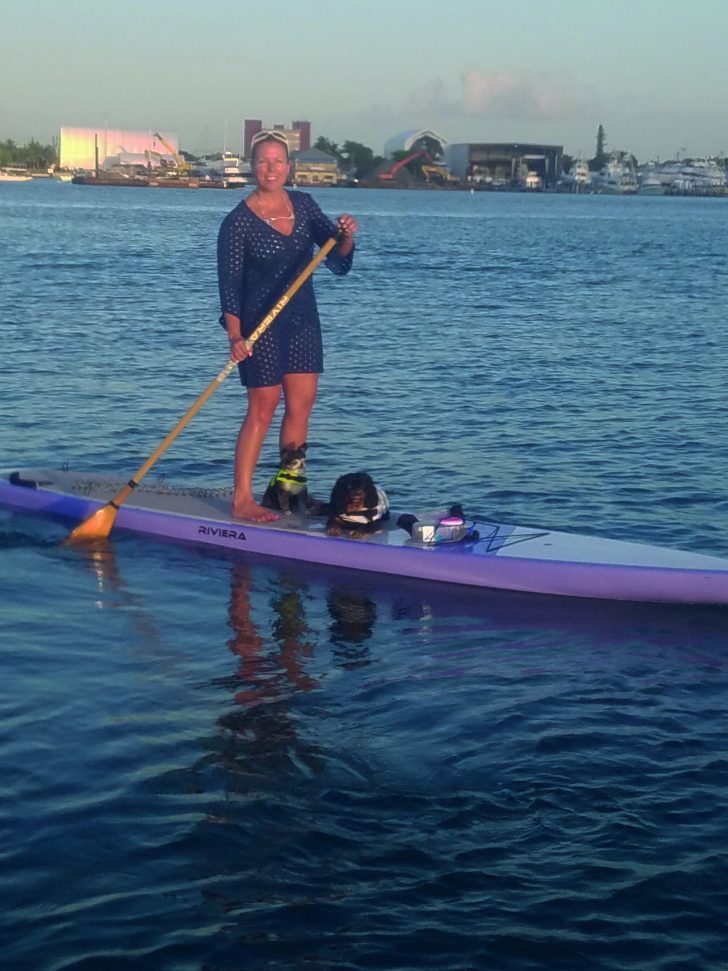Make Your First SUP a Touring Board
By Chris Anders, Contributing Writer
Touring Boards are a must for every true SUP enthusiast. Touring boards are great for exploring long distances on calm waters.
People often get the wrong idea about touring paddle boards. Most of my customers are new to paddle boarding and get intimidated by it resembling the lines of a race board. Most newbies don’t know what type of board they need, and many choose the most basic, smallest, and least expensive board against the advice of a seasoned rider. A casual rider would really enjoy a touring board and would possibly try long distance or racing. Touring boards give you a sense of stability and with stability comes confidence. One of the major benefits of a touring board is that they are displacement hulls which equates to speed. So, if you don’t want to be behind the pack and want to look like a seasoned veteran, a touring board is for you.
Some other great options that touring boards offer are a lot of leash plugs. I own a 12’ Whaleback Touring Board and it has 14 leash plugs front to back where I can convert this into also a fishing board. In the front I have a fishing set up with rod holders and gear bag, and in the rear I have a cooler, plus the GoPro mount. I have also raced this board in small local races.
Characteristics of a Touring Board:
• Displacement Hull. The first and most obvious characteristic of a touring or race board is going to the pointed nose which is referred to as a displacement hull. This will look similar to the shape of a boat and allows the board to slice thru the water for increased stability and speed. This is most desirable in flat water conditions but also allows the board to cut thru chop and give you a more powerful push with each paddle stroke.
• Narrow Profile. Most touring or race boards will be slightly more narrow than a traditional paddle board, this sleek design decreases drag and overall weight allowing the board to move faster and be more fluid in the water. Common widths in these types of boards are anywhere from 25”-32”.
• Longer Length. Touring and race boards can range in length based on what they are built to do. A race trainer (shaped like a race board, but shorter) could start around 10’ long and actual race boards can go up to 18’ with the most common race sizes being 12’6” or 14’0”.
• More Volume/Thicker Profile. Since touring and race boards are generally narrower than traditional boards, they make up for that lost volume in their thickness. This is also the reason why these narrow boards still feel so stable.
Chris Anders, CEgO
Palm Beach Boat Club and Paddleboard Shop
255 E. 22nd Ct. Rivera Beach • 561.840.1901
www.thepalmbeachboatclub.com
